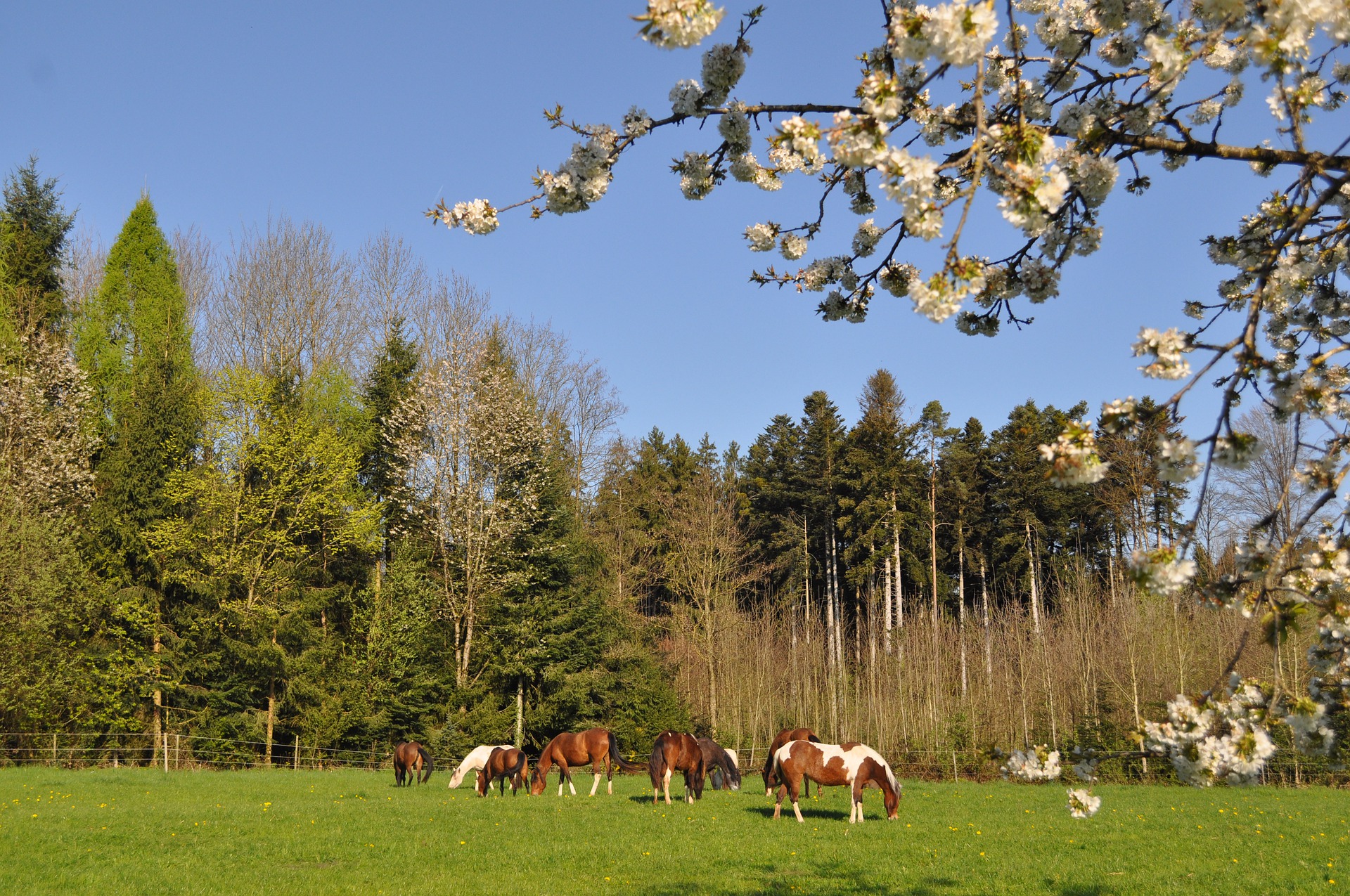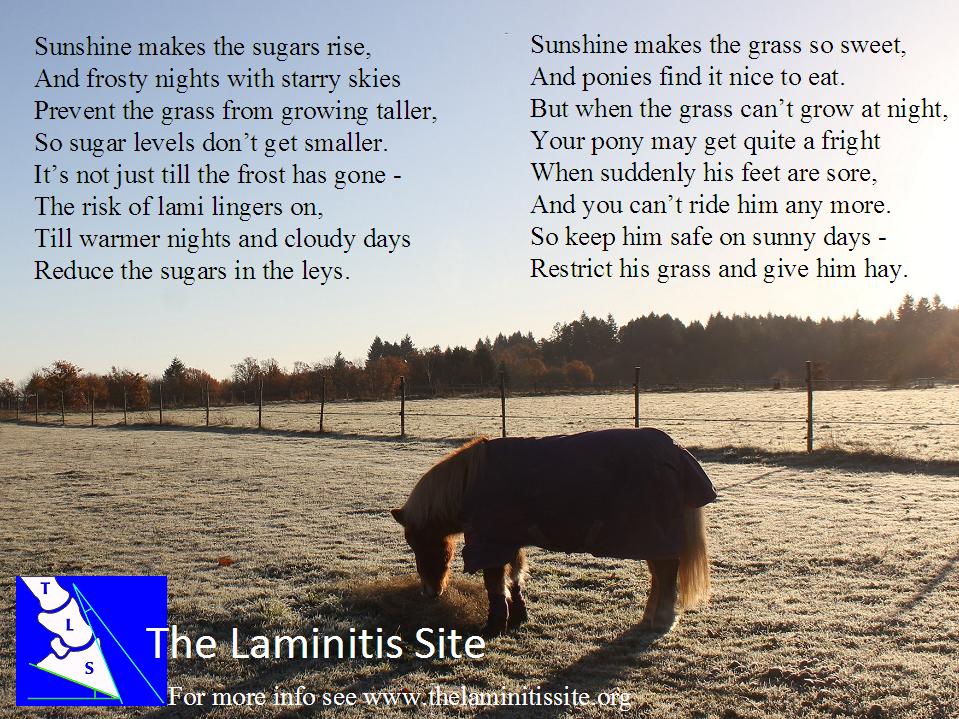Morning Grazing Or Afternoon Grazing Laminitis

Restrict pasture intake during spring or anytime the pasture suddenly greens up.
Morning grazing or afternoon grazing laminitis. Chance of rain 30. Prevention of laminitis is the ultimate goal. And 10 a m when plant sugars are lower. Also test when night temperatures begin to warm up getting a best case scenario early in the morning as well as a worst case scenario late in the afternoon on a sunny day.
Suitable labs can be found at local vet schools or county extension services. A shower or two possible this morning with partly cloudy skies for the afternoon. Because fructan levels reach their highest in the afternoon on sunny days it s best to turnout in the morning or late at night. Grazing strategies that limit access to dangerous fructan levels.
Laminitis is one of the most prevalent and devastating health issues among horses. Avoid grazing lush pastures especially between late morning and late afternoon hours since plant sugars are the highest during these times. So plant sugars are higher in the late afternoon and lower in the early morning. Fructans levels are higher in pastures that are overgrazed or where grass is too mature.
Some horses develop laminitis due to a sudden shift in diet such as gorging on grain or grazing lush spring grass and this is considered acute laminitis other horses develop chronic laminitis as a result of metabolic issues such as insulin resistance metabolic syndrome and obesity. Rotate pastures to give them a break and keep them mowed to 4 8 inches. However the onset of cool nights below 40 o f means even early morning grazing is risky. Partly to mostly cloudy.
If your horses are prone to laminitis or you just want to keep you gravel crunching barefoot horses striding out then you really need to know the safest times to allow grazing especially in the spring or autumn when there are growth flushes. October 3 2020 7 56 am. High amounts of sugars in grasses can bring about laminitis in horses susceptible to the disease. Limit grazing or stop it completely when daytime temperatures are warm and nights are below 40 f spring and fall.
In the warm months sugars are considerably higher in late afternoon than early morning. When days are sunny and nights are warm limit grazing to the early morning. The ecir group serves the scientific community practicing clinicians and owners. Grazing the metabolic horse.
The goal of this web exclusive feature is to zero in on specific areas of hoof nutrition and avoid broad based articles that simply look at the overall equine feeding situation. The best way to deal with laminitis is preventing the causes under your control. The best time to graze horses is early in the morning. Hoof nutrition intelligence is a twice a month web segment that is designed to add to the education of footcare professionals when it comes to effectively feeding the hoof.
Winds light and variable. Sample it the morning and afternoon after a cold night. Susceptible horses should graze between 3 a m.


















